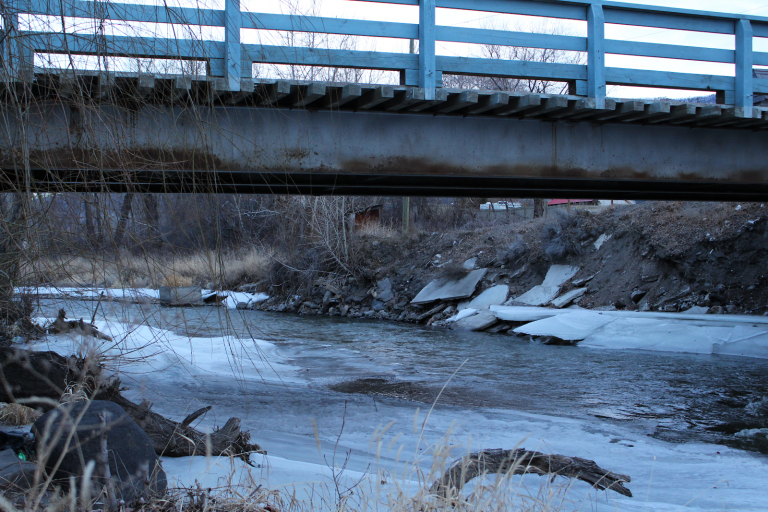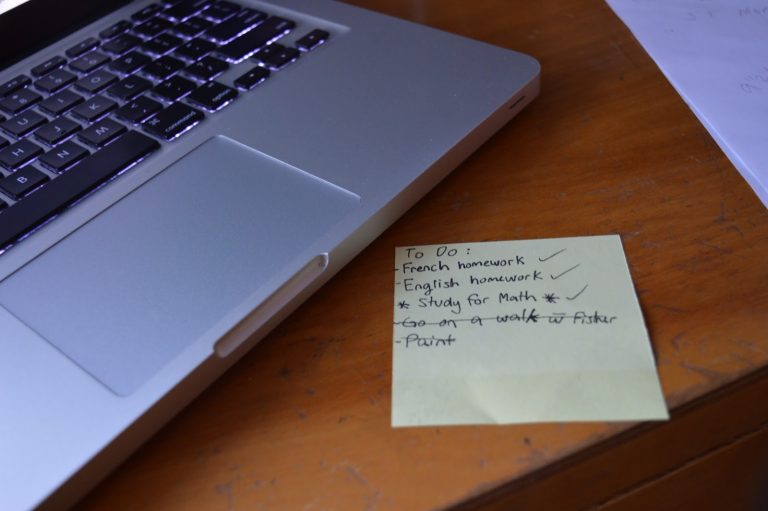Join us in connecting to the community researchers engaged in rural health projects across the province! Learn more about rural health research taking place and personal experiences in conducting research. If you (or someone you know) have a rural health research project you would like to share, contact us for more information on how to be featured!
September 2019
What can we learn from rural youth? – A community-based participatory research study in Ashcroft and Kimberley, BC

Bonnie Fournier PhD, MSc, BSN, RN
“My clinical practice experience has focused on community health, mental health, and global health. I am a population health researcher with an interest in the intersections of place-people-health-policy and particularly in novel approaches and interventions to improve health outcomes with a focus on integrated knowledge translation strategies. I am interested in building resilient communities in order to mitigate the effects of climate change events on mental health. Currently, I am undertaking research with youth to understand youth engagement in health system planning using arts-based methods in rural communities.” – TRU (Learn more here)
Tell us more about your project!
The two-year SSHRC funded project working with youth aged 14-18 in Ashcroft and Kimberley, BC. The hope is to gain a better understanding what it is like to be youth living in a rural community through youth engagement using a community-based participatory research (CBPR) approach and arts-based methods such as photovoice. CPBR engages youth in all aspects of the research process can facilitate youth to gain greater control over their lives, take a proactive approach in their communities, and develop critical understandings of their sociopolitical environments. Understanding the challenges, barriers, and strengths of youth through art, also provides a platform for youth to find solutions and take action to strengthen their lives and improve their community. However, youth are rarely asked to participate in decision making around services and programs that affect their lives, and often their involvement remains marginal and tokenistic. When engaged in meaningful decision-making – in schools, youth organizations, and communities there are positive development benefits for youth. We are interested in know more about what it is like to be a youth living in a rural community and how to strengthen their lives.
What is photovoice?
Photovoice is a method that provides cameras to individuals to take pictures of their lives. In our project, youth are taking pictures of issues, concerns, or challenges they have in their lives or in their community. They bring their pictures and write a story about why they took the photo, what it means to them, how it relates to their lives and if it is an issue or concern, why it is happening and what they can do about it. An art exhibition of their photos will likely be one of the outputs of the project, providing youth with a forum to showcase photos and talk with others about their lives and how being part of the CBPR study increased their positive youth development.
What made you decide to use photovoice for this project?
Photovoice is a powerful way to tell stories. I have used this method many times in previous projects and have seen the strength of using a photograph to share a story about something important to that person. Youth in the project write a reflective piece for each photograph using the acronym SHOWeD :
- What do you See here?
- What is really Happening here?
- How does this relate to Our lives?
- Why does this condition Exist?
- What can we Do about it?
What are some of the insights (key themes) that emerged from this project? Is there any new knowledge gain from this project that may serve to inform policy and/or practice?
Youth want time and space to talk about what is important to them without having to be told what to talk about. Both community youth groups have formed a bond with each other, supporting and encouraging one another in their lives. Photovoice is a good method to engage youth in research. It is fun and gives them a purpose to meet and discuss their photos and stories. Youth think deeply about social issues which has led both groups to discuss climate change and the impact on their mental health.
What are some of the outputs of this project (e.g., community exhibition, media release,book publication)?
Photovoice is just one of the methods in this project. The youth are also using other art forms to express themselves. Some youth have sketched or painted about an issue in their community, music and theatre are also being explored for expression but also to create change in their community.
What was the community response to the Photovoice project?
Was there reception to participation? We are still in the middle of the project but response from both community schools has been positive. One school is providing space for the participants to meet.
What are some of the challenges you faced with conducting this photovoice project?
Finding digital camera’s that people are willing to donate. Using phone cameras can be an issue with confidentiality and easy access to social media where pictures can accidently be uploaded. So we are using digital cameras. However, we were only able to have a few donated to the project.
What is needed to be successful in conducting a photovoice project?
Training in the photovoice method and having access to good digital cameras.
If you could do this type of project again, what would you do differently?
Because both communities are rural, there are issues with transportation for the youth to come to meetings and for the PI’s to also access the communities due to distance. We have been using BlueJeans – an online video streaming program so that we can all connect and have also connected both groups of youth in each community with each other to share their pictures. This has been the most interesting learning for both the youth and the researchers. Youth are learning from youth in another rural community what it is like to live in their respective communities.
Overall, what did you like most/least about facilitating this Photovoice project?
We are still not done. We have another year to go. Its been great to see the youth become interested in their communities and wanting to change things and then watching them take action- one group is currently working on a song/video about having more green space in their community for youth and will present it to the major and council.
With permission I am sharing two photographs and their stories from the project!
Under the Bridge

I want to clean up the area. There are homeless people that go there and leave their things like blankets and litter. There is also a pub and restaurant nearby that produce a lot of litter that isn’t cleaned up. There are community groups that clean up garbage although they often don’t clean up under the bridge because it isn’t a common spot that people look at, so they focus more on the parks. There is some broken concrete sitting under the bridge from some sort of walkway that broke and never cleaned up. Maybe with more affordable living there would be less homeless people living there and leaving garbage. I used to go there in the summer to hang out with his friends and swim and thought it was a good spot but now the bank has widened out and become dirtier and full of garbage. Often there are people hanging out there that make it feel unsafe.
Mental Health

This photo represents how mental health can be affected when you aren’t prioritizing or taking care of your own needs. School is known for stressing out students, and I don’t think mental health is always being addressed in school. Being busy isn’t always a bad thing, but prioritizing only school or work rather than self care eventually takes a toll on mental health. I think if being able to balance things like school and self care were addressed more, students would have an easier time managing stress.
[/accordion]

